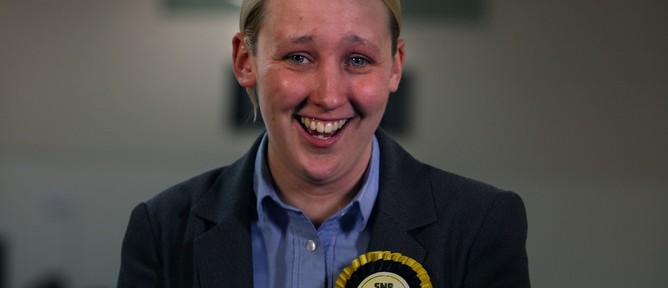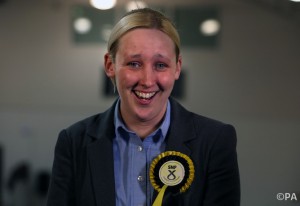Before ‘Brexit’, the big EU story was a possible ‘Grexit’, threatened by the Greek debt crisis. As the debate over whether Britain should leave the European Union hots up, Dr Dionyssis Dimitrakopoulos, of Birkbeck’s Department of Politics (where he directs the MSc programme in European Politics & Policy) considers a key reform proposed for the troubled EU member.
 The aim of this project,which will be carried out through 2016 with my colleague Prof. Argyris G. Passas of Panteion University of Social & Political Sciences in Athens, is to analyse and evaluate the implementation of a key structural reform introduced as part of the ‘bail-out’ agreements that Greece has concluded with its creditors since May 2010.
The aim of this project,which will be carried out through 2016 with my colleague Prof. Argyris G. Passas of Panteion University of Social & Political Sciences in Athens, is to analyse and evaluate the implementation of a key structural reform introduced as part of the ‘bail-out’ agreements that Greece has concluded with its creditors since May 2010.
We will be focusing on the ongoing efforts to reform the part of the Athenian administration that has overall responsibility for tax collection in Greece and place it at arm’s length from government interference. Our project will seek to shed light not only on the origins of the very idea but, crucially, the factors that have shaped the implementation and the outcome of these efforts. These efforts appear to amount to a Herculean task in a country that – some argue – has a limited ‘reform capacity’.
Improving tax collection has been a key concern of the adjustment programmes that have accompanied the three ‘bail-outs’ (see below) provided to Greece since May 2010 but, more importantly, it is a matter of justice as well as efficiency. Moreover, it is not a new problem. Tax collection has been an enduring problem for the modern Greek state since its establishment in 1830, partly due to corruption.
Though no European state can claim to have a perfect tax collection record, in the run-up to the onset of the crisis the magnitude of the problem was unusual in the case of Greece, where the OECD reported that ‘if Greece could collect VAT, social security contributions and corporate income tax with the same efficiency as its main partners do, it could boost tax revenues by about 4¾ per cent of GDP per year’.
The main objective of the reform is to improve tax collection by placing the public revenue authority at arm’s length from the government of the day, in line with the views of the IMF, the World Bank, the OECD and the European Commission. This reflects the view that autonomous technocratic bodies will – if placed beyond the direct control of politicians – achieve policy objectives in the public interest by taking decisions that elected politicians would not normally take for fear of losing the next electoral contest. This is the logic that underpins the independence of major institutions like the Bank of England.
We will be analysing documentary material from a broad range of sources and interviewing several types of stakeholders, including current and former officials from the Greek public revenue authority, international civil servants as well as politicians. The research is being funded by the Hellenic Observatory at the LSE’s European Institute and our intention is to publish our findings in an international academic journal, and to produce a policy briefing as well as blog posts and op-eds for Greek and other European media outlets. Our findings will also be presented in the research seminar of the Hellenic Observatory in the course of the coming academic year.
Find out more






